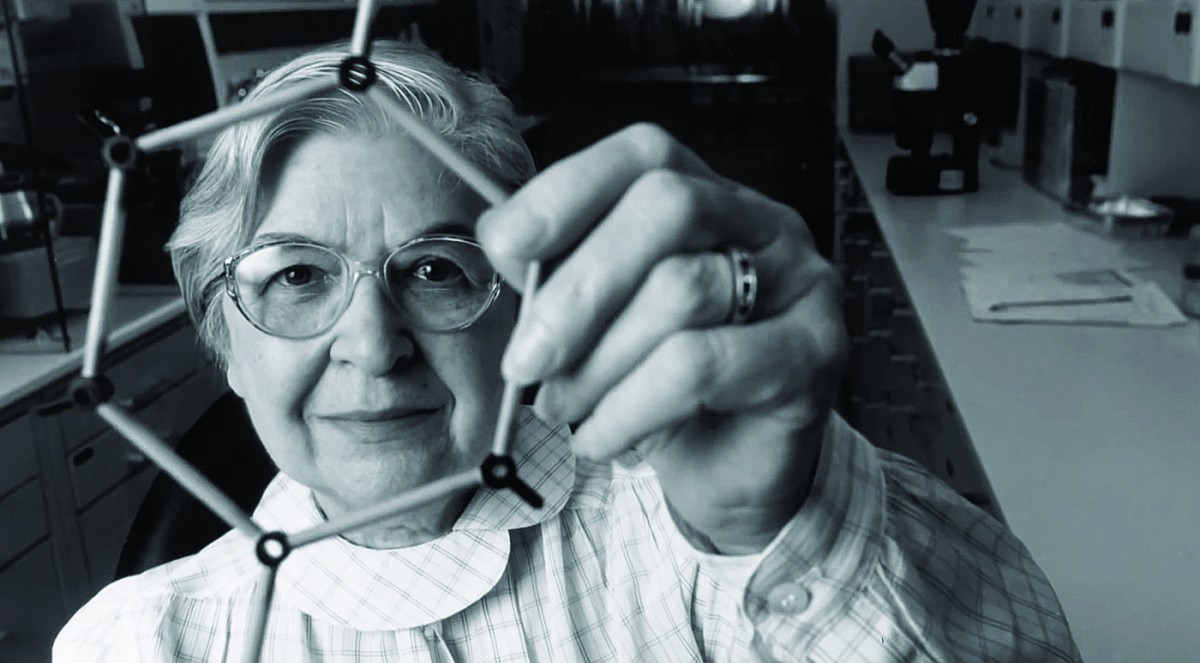If man invented the gun, a woman named Stephanie Kwolek invented the bulletproof vest
US chemist Stephanie Louise Kwolek, who spent 40 years of her career at DuPont, invented the carbon-based synthetic material poly-paraphenylene terephthalamide, or Kevlar, with superior durability and hardness. The Kevlar is bulletproof! What Is Kevlar? Why Are Kevlar Vests Bulletproof?

A fiber with half the density of glass fiber and five times stronger than steel, Kevlar is now recognized and widely used around the world. Kevlar is especially known for its use in bulletproof and stab-resistant vests that have saved thousands of lives to date.
Stephanie Louise Kwolek (July 31, 1923 – June 18, 2014) was a Polish-American chemist who is known for inventing Kevlar. Her career at the DuPont company spanned more than 40 years. She discovered the first of a family of synthetic fibers of exceptional strength and stiffness: poly-paraphenylene terephthalamide.
After graduating from the Carnegie Institute of Technology in 1946, American chemist Stephanie Kwoleck (1923) was hired by DuPont to research high-performance chemicals. She made successful discoveries as a result of her research on polymers. Specializing in the development of low-temperature polymers in the 1960s, Kwoleck holds 28 US patents and is also the inventor of a new group of polymers called liquid crystal polymers.
Kwoleck's invention of Kevlar fiber in 1965 stemmed from his interest in chemicals produced during the polymer synthesis process. These substances are sensitive to humidity and temperature and easily hydrolyze and self-polymerize. Kwoleck discovered that in cool conditions, these chemicals form an aramid polymer, which is a cloudy liquid. Kwoleck's research team, after a detailed examination of these polymers, concluded that the resulting fibers were harder and stronger than others previously created.
The Pioneering Lab at DuPont was commissioned to find commercial uses for these fibers. As a result of these studies, it was seen that Kevlar could achieve many important applications. For example, it replaced the asbestos brake linings used until then and was also used for rigging in sail racing and performance boats. Fiberoptic cables, spacecraft shells, radial tires, and suspension-bridge cables are now often made from Kevlar. It is widely used in bulletproof vests developed for military and police personnel. One clothing company has even incorporated Kevlar into the fabric it uses for kids' school uniforms.
